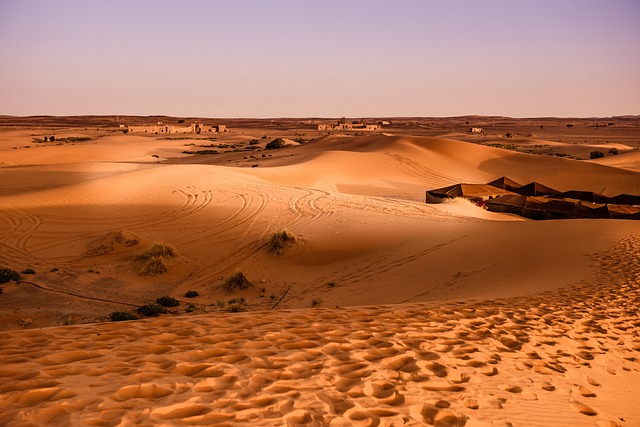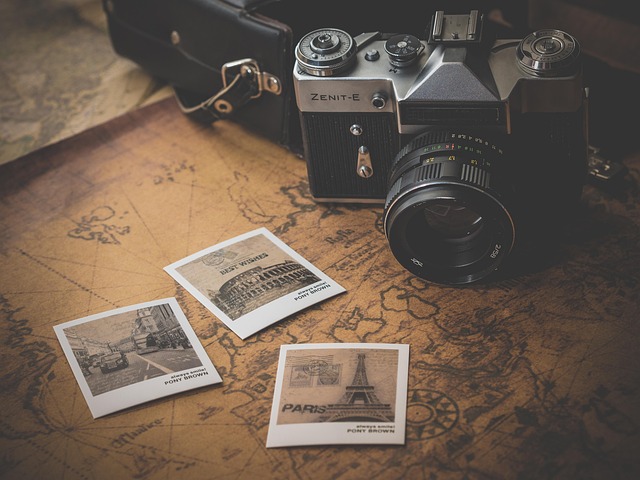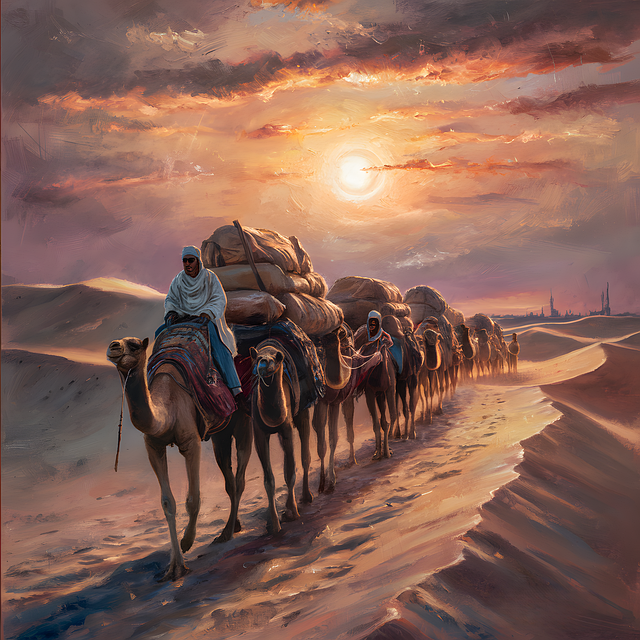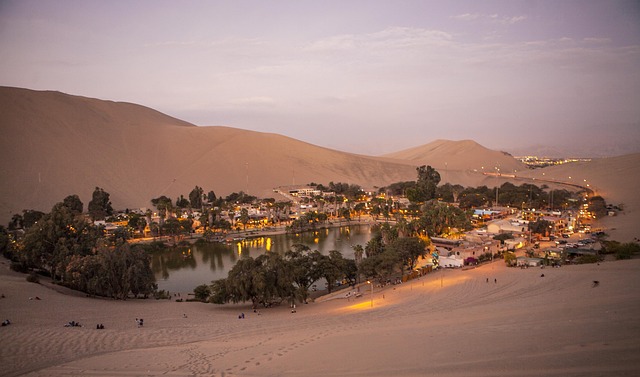Oregon's Dunes hold a rich history deeply rooted in Native American culture, where tribes like the Oregon Coast Salish, Coos, and Cuimien relied on these lands for sustenance, shelter, and ceremonial practices. Today, dune buggy adventures offer an exciting way to explore this unique landscape, combining thrill with insights into its historical and ecological significance. While these recreational activities bring economic benefits, balancing them with cultural preservation is crucial to protect the dunes' heritage for future generations.
Oregon’s Dunes National Recreation Area is more than just sand and waves; it’s a living testament to Native American history and culture. This unique landscape, home to dune buggy adventures, has been shaped by ancient tribes for millennia. From traditional land use to the evolution of recreational activities, exploring these dunes offers a chance to connect with the past while enjoying modern dune buggy adventures. We’ll delve into the rich cultural heritage and sustainable recreation practices that make this place special.
- The Ancient Culture and History of Oregon's Dunes
- Dune Buggy Adventures: Exploring the Great Outdoors
- The Evolution of Recreational Activities on Native Land
- Preserving Cultural Heritage While Enjoying Outdoor Recreation
The Ancient Culture and History of Oregon's Dunes

Oregon’s Dunes hold a rich and ancient history, with Native American tribes having deep connections to this unique landscape for thousands of years. The sand dunes, often referred to as dune buggy adventures by modern visitors, were not just geographical features but integral parts of the cultural and spiritual lives of these indigenous communities. Tribes such as the Oregon Coast Salish, Coos, and Cuimien (Kusmian) people relied on the dunes for sustenance, shelter, and ceremonial practices.
These ancient cultures utilized the resources of the dunes, hunting game and gathering plants that flourished in this specialized ecosystem. The vast expanses of sand also served as a canvas for their artistic expressions, with intricate sand art and sculptures created for ceremonies and rituals. The spiritual significance of the dunes is reflected in their integration into tribal legends and stories, passed down through generations, that often center around these mysterious and ever-shifting landscapes.
Dune Buggy Adventures: Exploring the Great Outdoors

In Oregon, the Dunes offer an unparalleled playground for outdoor enthusiasts, particularly those seeking thrilling experiences with a touch of history. Dune buggy adventures are a popular attraction, allowing visitors to navigate through the vast sand dunes that stretch along the coastal landscape. These buggies, once used by Native Americans for transportation and trade, now provide a unique way to explore and appreciate the region’s natural beauty. Tourists can venture into the heart of the dunes, experiencing the thrill of speed across the shifting sands while learning about the rich history of the area from local guides.
The dune buggy adventures offer not just excitement but also an educational journey. Visitors can discover the cultural significance of these dunes to the Native American tribes who once called this place home. It’s a chance to immerse oneself in the outdoors, understand environmental adaptations, and enjoy a unique perspective of Oregon’s diverse and captivating wilderness.
The Evolution of Recreational Activities on Native Land

The Oregon Dunes have long been a significant part of Native American history and culture, offering both spiritual significance and practical resources for local tribes. Initially, recreational activities on these lands were largely traditional, with Indigenous folks engaging in hunting, fishing, and gathering while respecting the delicate balance of nature. As time passed, the allure of the dunes for outdoor enthusiasts grew, leading to a shift in the way people interacted with this land.
The evolution of recreational pursuits on Native American lands, particularly the popularization of dune buggy adventures, has been a double-edged sword. While it brings economic benefits and fosters a sense of community, it also raises important considerations regarding cultural preservation and land management. Balancing the desire for outdoor fun and the respect for historical and ecological values is crucial to ensuring the dunes remain a vibrant part of both Oregon’s natural heritage and its diverse communities.
Preserving Cultural Heritage While Enjoying Outdoor Recreation

The Oregon Dunes offer a unique blend of natural beauty and cultural significance, presenting a challenge for those seeking to enjoy outdoor recreation while preserving this Native American heritage site. Dune buggy adventures are a popular draw, but it’s essential to recognize the dunes’ deep roots in indigenous communities. For centuries, tribes like the Nestora and Coos have cherished these lands, using them for sustenance, ceremonies, and cultural practices. Today, visitors can appreciate the dunes while also learning about and respecting the ongoing connection between these Native American communities and their ancestral territory.
Balancing recreational activities with cultural preservation requires mindful efforts. Local organizations and indigenous groups work tirelessly to educate both residents and tourists about the history and importance of the Oregon Dunes. By promoting responsible recreation, these initiatives ensure that dune buggy adventures can coexist harmoniously with preserving the cultural heritage for future generations.






